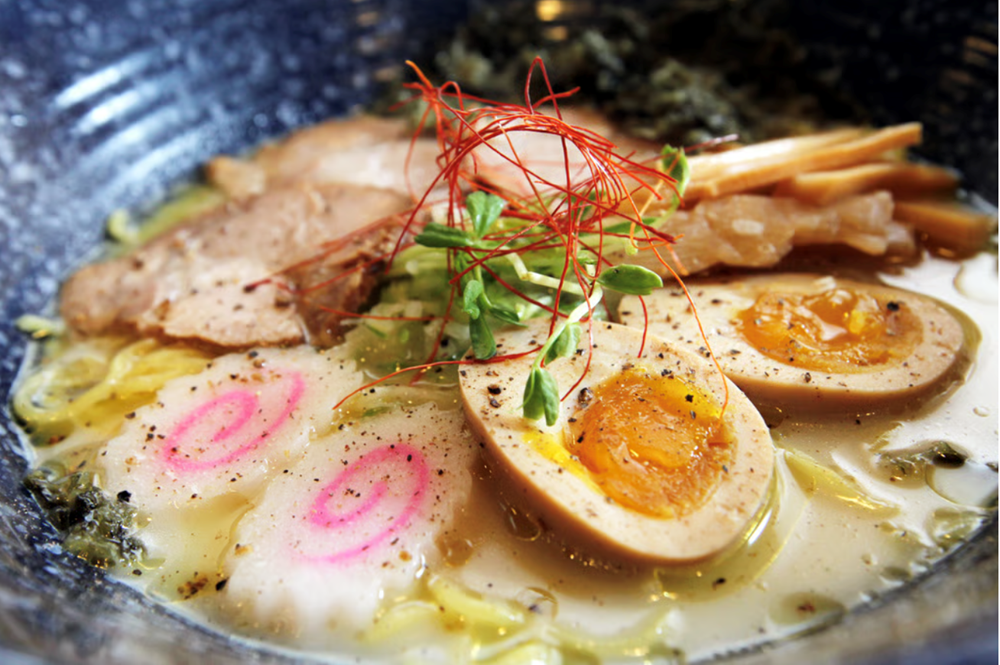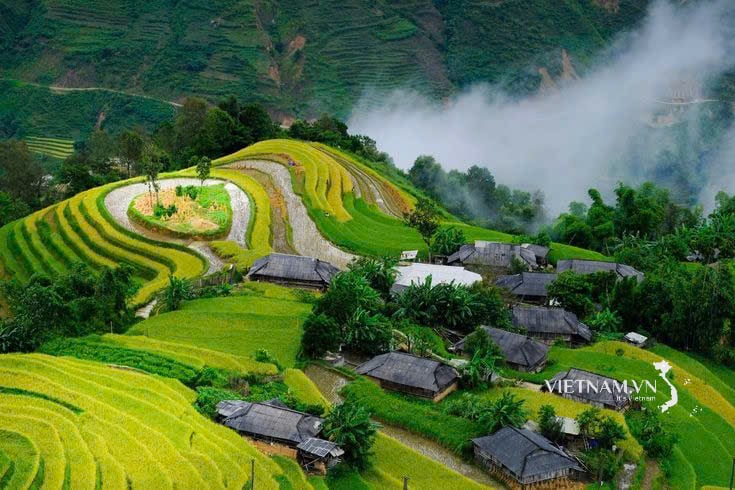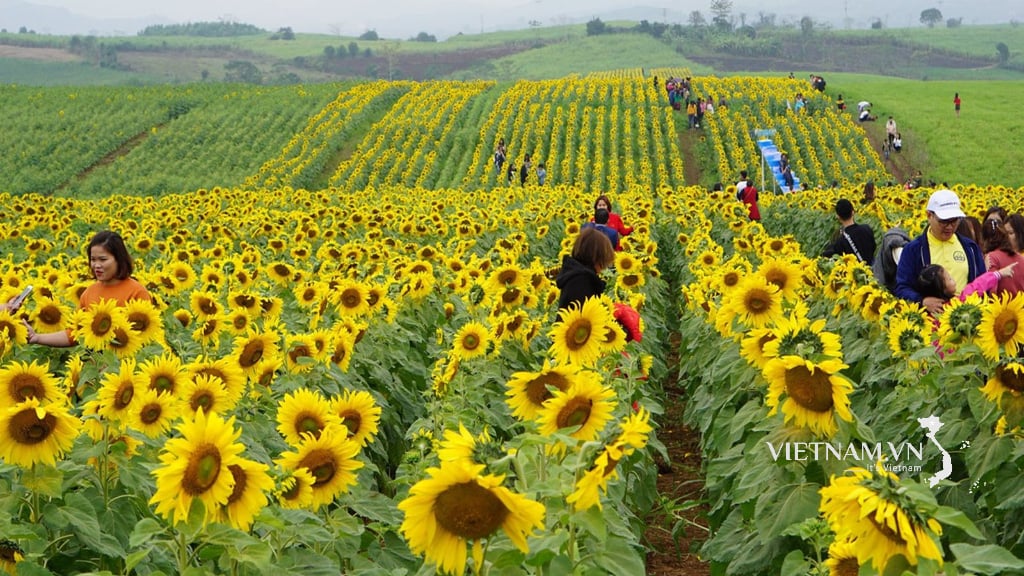
Japanese cuisine is one of the most popular cuisines in the world . Traditionally, the Japanese have prioritized preparing dishes using seasonal ingredients.
Japanese cuisine is also considered one of the best in the world thanks to its aroma, freshness of ingredients and stylish presentation. The Michelin Guide has awarded stars to about 360 restaurants in Japan.
According to Asian food blogger Stefan Leistner, aesthetics, fresh seasonal ingredients and high quality are the hallmarks of Japanese cuisine.
The focus is always on the product. Inga Pfannebecker, a cookbook author from Amsterdam, says the aim of Japanese cuisine is to preserve natural flavors.
That is why spices, heat and fat are used much less than in other Asian cuisines.
In her book “Gohan: Everyday Japanese Cooking,” Japanese-Australian author and food blogger Emiko Davies celebrates the dishes her grandmother and mother cooked every day at home.
Davies believes that contrary to popular belief, cooking Japanese food does not require much finesse or time.
“The dishes are often quick and extremely simple to prepare thanks to fresh, seasonal ingredients that are not overcooked and do not require a lot of seasoning to bring out the natural flavours,” says Mr Davies.
Asian food blogger Leistner also explains that rice is not only a side dish but also a main ingredient in many dishes. The most commonly used rice is Japonica, also known as sushi rice, which has a short grain and is slightly sticky due to its high starch content.
Meanwhile, dashi and miso are also important ingredients in Japanese cuisine. Miso is a fermented paste made from soybeans, rice or barley, which gives flavor to miso soup, which is used in most meals from breakfast to lunch to dinner.
The Japanese often add tofu, seaweed, and vegetables to soups. Also used as a seasoning for sauces, miso paste has a wide range of flavors and colors, depending on the fermentation time and ingredients.
Dashi is also a stock made from kombu (edible kelp) and bonito (tuna) flakes. A popular seasoning, it is indispensable in soups, sauces, and stews. Dashi and miso give dishes an umami flavor.
Japan has a 30,000 km (18,600 mi) coastline, many volcanoes and a distinct climate difference between north and south, which is part of the reason for the country's cuisine.
Regional culinary characteristics
Most of the food came from the sea: fish, seafood, and seaweed. Meat was considered a luxury – perhaps due to centuries of prohibition on meat consumption.
Each region of Japan has its own specialties. Hokkaido in the north has Hakodate ramen, a noodle soup with pork, bamboo shoots, spinach and green onions in a salty broth. And Asahikawa ramen, a rich soy-based broth with seafood and meat.
Hokkaido is also famous for kombu, salmon, king crab and scallops from Lake Saroma. Scallops can be grilled or enjoyed as sashimi. Those with a sweet tooth can treat themselves to locally produced matcha ice cream.
Meanwhile, the capital Tokyo is the perfect place to enjoy a variety of sushi, including nigiri sushi – the most popular type of sushi, which features a slice of raw fish on a bed of rice – or chirashi sushi, in which seafood sits on a bowl of rice and pickled vegetables.
Maki sushi is another popular type of sushi, consisting of rice with various ingredients rolled in dried seaweed called nori. California rolls, tuna rolls, and vegetable rolls are types of maki sushi.
Or Temaki is a hand-rolled dish. Sashimi is thinly sliced raw fish or seafood without rice, often artistically arranged and served with soy sauce, wasabi and pickled ginger.
“Sushi originated from preserving fish with fermented rice. In the 16th century, the idea of marinating fish in vinegar became popular, and in the 19th century, Edomae sushi emerged in Edo (now Tokyo) as a quick snack made from fresh fish caught from Edo Bay,” says Leistner.
According to Japanese-Australian food blogger Emiko Davies, fried dishes like tempura and karaage were introduced to southern Japan by Portuguese missionaries and traders in the 16th century. Tempura is made by frying seafood or vegetables in a light batter.
For karaage, chicken is typically marinated in soy sauce, mirin and spices, coated in potato starch and deep fried. It is a popular snack and is also delicious served cold.
When meat was added to the diet in the late 19th century, the Japanese adopted other Western dishes. Specifically, tonkatsu, a breaded and deep-fried sliced pork cutlet.
Source: https://baovanhoa.vn/du-lich/dieu-gi-lam-nen-dac-biet-cua-am-thuc-nhat-ban-140429.html




































































































Comment (0)